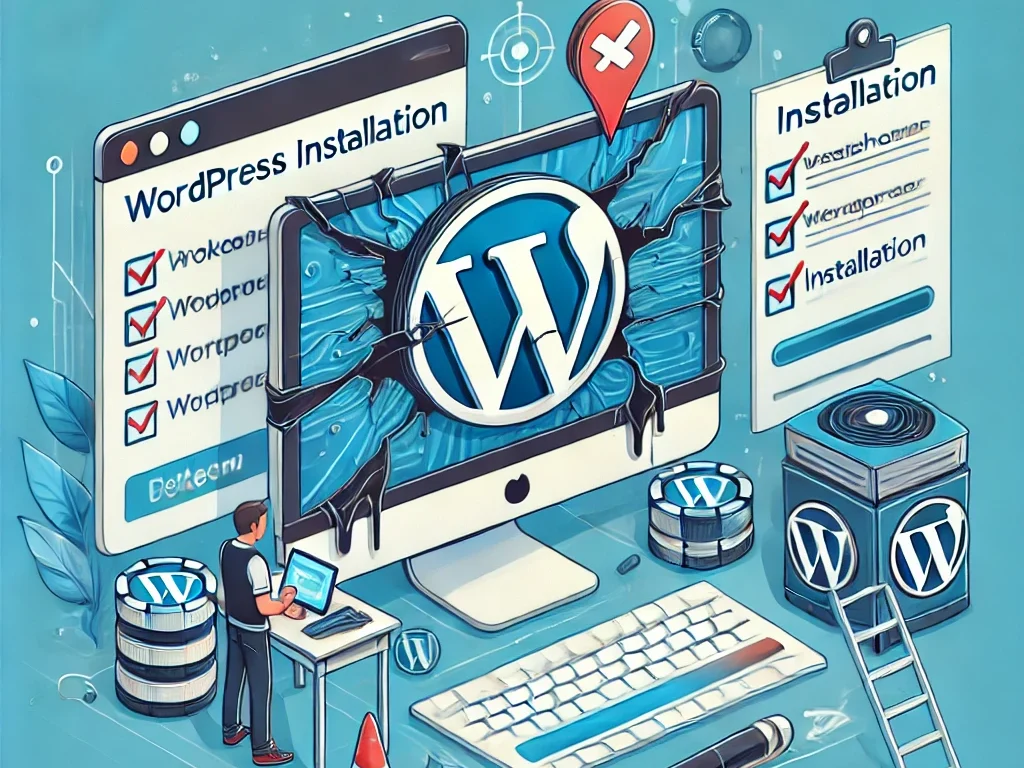
A corrupted WordPress installation can be a nightmare for website owners, leading to downtime, lost traffic, and potential data loss. Whether the issue stems from a failed update, a plugin conflict, or a server error, resolving it quickly is crucial. If you’re facing a corrupted WordPress installation, don’t panic. Follow this step-by-step guide to restore your site to full functionality. If you are looking for affordable WordPress hosting solutions, try checking out Veeble hosting.
- Step 1: Backup Your Website
- Step 2: Download a Fresh Copy of WordPress
- Step 3: Remove Existing WordPress Core Files
- Step 4: Upload Fresh WordPress Files
- Step 5: Check wp-config.php
- Step 6: Run the WordPress Update Script
- Step 7: Test Your Site
- Step 8: Restore Backups if Needed
- Preventing Future Issues
- Conclusion
Step 1: Backup Your Website
Before making any changes, ensure your website is backed up. If you’ve already done this, double-check the following:
- Database Backup: Export your database using tools like phpMyAdmin or your hosting provider’s database management tool. This ensures your posts, pages, and settings are safe.
- Files Backup: Confirm that your
wp-contentfolder (which contains themes, plugins, and uploads) is securely backed up. This folder holds your customizations and media files, so it’s essential to protect it.
Step 2: Download a Fresh Copy of WordPress
Head over to the official WordPress.org download page and download the latest version of WordPress. This ensures you’re working with the most stable and secure release.
Step 3: Remove Existing WordPress Core Files
Now, it’s time to clean up the corrupted files. Here’s how:
- Access Your Hosting Panel: Log in to your cPanel to access your site files.
- Navigate to Your WordPress Directory: This is typically located in
/public_html/or a subfolder if your site is in a subdirectory. - Delete Core Files: Remove all WordPress core files except:
wp-config.php(contains your database configuration)wp-contentfolder (contains themes, plugins, and uploads).htaccess(if present, as it handles URL rewrites and other server settings)
Important: Do not delete the wp-content folder, as it holds your customizations and media files.
Step 4: Upload Fresh WordPress Files
Extract the WordPress package you downloaded earlier on your local system. Then, upload all files and folders except the wp-content folder and wp-config-sample.php to your website’s root directory.
This step replaces the corrupted core files with fresh ones while preserving your customizations.
Step 5: Check wp-config.php
Ensure your existing wp-config.php file remains untouched. This file contains your database connection details, and altering it could break your site. If you accidentally deleted it, you’ll need to recreate it using the wp-config-sample.php file as a template.
Step 6: Run the WordPress Update Script
Visit http://yourdomain.com/wp-admin/upgrade.php in your browser. This script checks if your database needs updating. If prompted, follow the on-screen instructions to complete the update. This step ensures your database is compatible with the new WordPress files.
Step 7: Test Your Site
After completing the above steps, check if your site is functioning correctly. If the issue persists:
- Deactivate Plugins: Temporarily deactivate all plugins and check if the problem resolves. If it does, re-enable them one by one to identify the culprit.
- Switch Themes: If plugins aren’t the issue, switch to a default WordPress theme (like Twenty Twenty-Three) to rule out theme-related problems.
Step 8: Restore Backups if Needed
If reinstalling WordPress doesn’t resolve the issue, you may need to restore your site from a backup. Use your database and file backups to revert to a previous, stable version of your site.
Preventing Future Issues
To avoid future corruption:
- Keep WordPress Updated: Regularly update WordPress core, themes, and plugins to the latest versions.
- Use Reliable Plugins: Only install plugins from trusted sources and keep them updated.
- Enable Automatic Backups: Use a plugin or hosting service to automate backups.
- Monitor Your Site: Regularly check your site for errors or unusual behavior.
Conclusion
A corrupted WordPress installation can be stressful, but with the right steps, you can restore your site quickly. By backing up your data, replacing corrupted files, and testing thoroughly, you’ll minimize downtime and get your site back on track. Remember, prevention is key, regular updates and backups can save you from future headaches. If you’re ever unsure, don’t hesitate to seek help from a professional or your hosting provider’s support team. Happy blogging!
